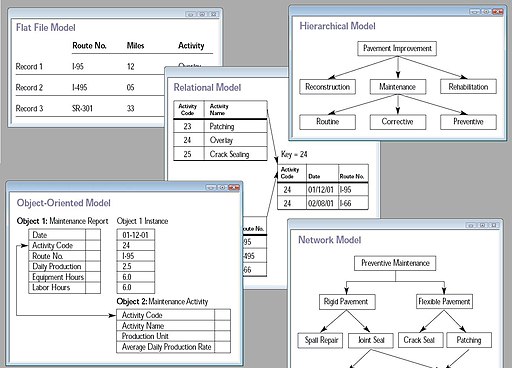Logjam
by in Feature Articles on 2016-09-26Steven worked for Integrated Machinations, a company that made huge machines to sell to manufacturers so they could actually manufacture stuff. He didn't build the machines, that would require hard physical labor. Instead, he wrote computer programs that interfaced with the machines from the comfort of the air-conditioned office. One such program was a diagnostic app used to log the performance of Integrated Machinations products. The machines didn't break down often, but when they did, logging was very important. Customers wouldn't be in a mood to hear that IM didn't know why the equipment they dropped fat stacks of cash on failed.
 Steven also had a subordinate named Thomas, who was foist upon Steven in an effort to expand the small development team. Steven could have easily handled everything himself, but Thomas needed something to do so he was given the simplest part of the diagnostic app - the downloader. Steven's code handled the statistical compiling, number-crunching, and fancy chart-making aspects of the application. All Thomas had to do was make the piece that downloaded the raw files from the machines to pass back.
Steven also had a subordinate named Thomas, who was foist upon Steven in an effort to expand the small development team. Steven could have easily handled everything himself, but Thomas needed something to do so he was given the simplest part of the diagnostic app - the downloader. Steven's code handled the statistical compiling, number-crunching, and fancy chart-making aspects of the application. All Thomas had to do was make the piece that downloaded the raw files from the machines to pass back.

 Aug 16
Aug 16


